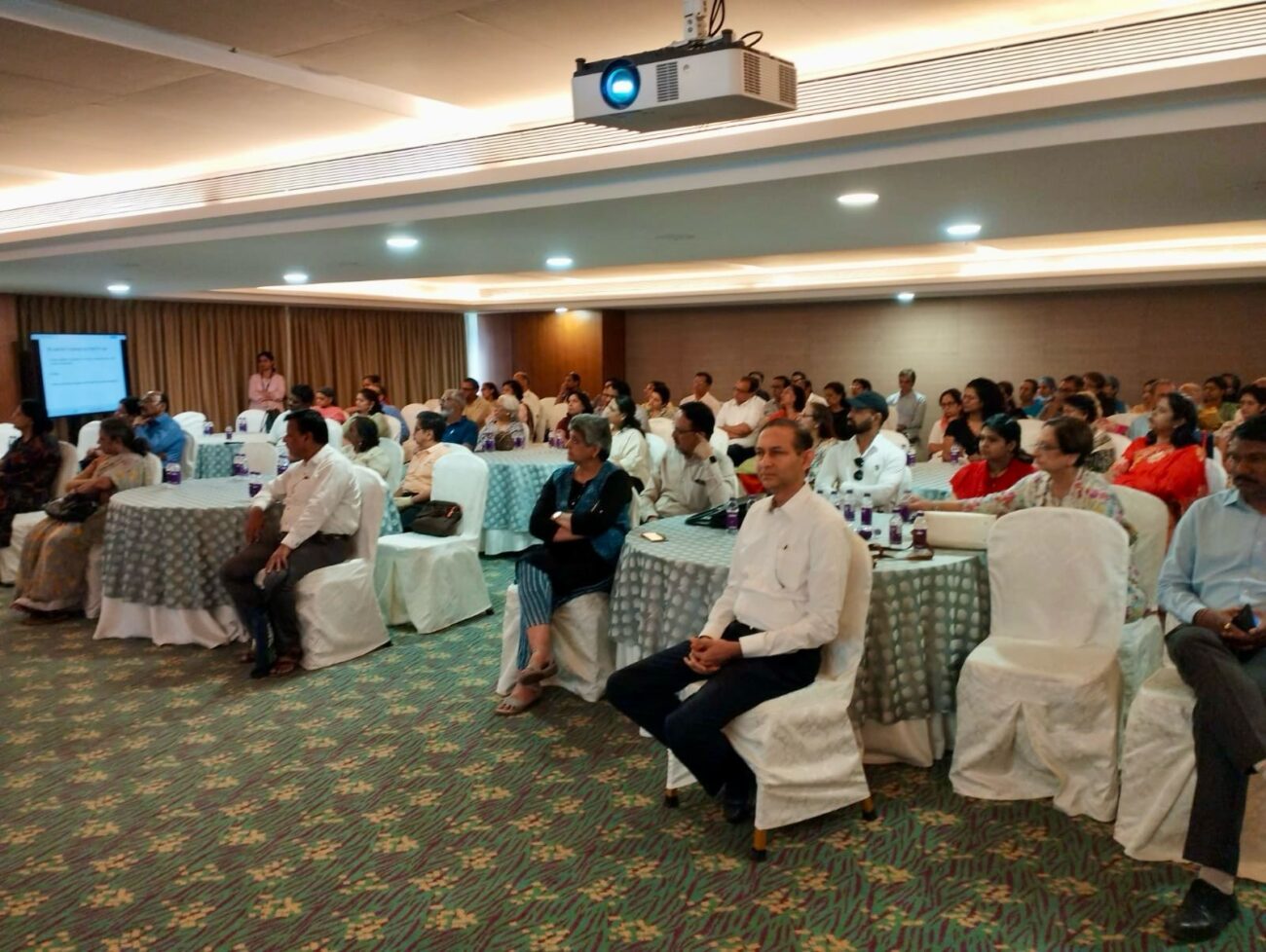With the restructuring of the global economic order underway, What lies ahead for Indian healthcare?
COVID-19, the new coronavirus infection, has spread to 185 countries and regions of the world in 16 short weeks. Data from international financial institutions show that not only human health, the disease is also weakening
COVID-19, the new coronavirus infection, has spread to 185 countries and regions of the world in 16 short weeks. Data from international financial institutions show that not only human health, the disease is also weakening the global economy. (Earlier this month, the International Monetary Fund said that the world economy could contract by as much as 3% in this financial year.) Safe to say that nothing will be the same when we reemerge from this global health crisis.
India won’t be spared an economic landslide because of COVID-19, either: the IMF expects growth to slow down to 1.9% here. This, unfortunately, may be the best-case scenario and possible only if the COVID-19 pandemic runs its entire course within this year. The IMF expects heavier losses for the world economy if the new coronavirus infection returns year-after-year, like the seasonal flu.
Yet, while the COVID-19 pandemic–and how it pans out–may not be in our control entirely, our response to it can be. As businesses and stakeholders in the country’s economy, there are a few strategic steps that we in the healthcare space can take now to limit the damage and prepare for what India will need next. Here’s a quick look at what we can expect, and do, over the next several months:
1. Demand will remain suppressed
In India, businesses are already reporting lower demand, shrinking order books and drying up cash reserves.
A survey conducted by the Federation of Indian Chambers of Commerce & Industry (FICCI) in March 2020 with 317 companies showed that more than half (53%) the participants were already seeing losses in their respective businesses.
Demand for goods and services, too, has started to shrink: according to the “FICCI Impact of Coronavirus on Indian Businesses” survey, as of March 2020, the pandemic had already shaved 20% off the order books of over 100 companies in the survey.
This should not come as a surprise to businesses during the time of COVID-19. Those of us who have worked hard to ensure medicine delivery, enable doctor consultations and innovate medical devices during the lockdown know something about the logistical challenges of doing business now.
And the truth is that for the foreseeable future, business-as-usual will just not be possible. The sooner we accept this and work around it, the better our position to land on our feet when all this is over.
2. Traditional Healthcare industry will come out badly bruised
Naturally, healthcare companies will not remain unscathed by this repressed demand, and the overall impact of the lockdown–however long it lasts and in whatever form it continues over the next few weeks and months.
Let’s start with what to expect: similar to other industries, certain segments within healthcare may take a hit. Elective procedures and expensive treatments–for example, hair transplants, laser hair removal, even IVF–in short, anything that may be seen as a huge or discretionary expense at this time may be postponed or be taken off the table altogether.
Think about it this way, the contraction of the economy will mean that many people’s capacity to pay will go down: they may switch from branded to basic and generic goods and services and ditch the nice-to-haves for now. On the other hand, demand for other services will grow from this. Getting ready to fulfill these brings us to our next point.
3. Research & develop in-house for long term
This pandemic should serve as a wake-up call for India, to build its own manufacturing capacity in healthcare. Even when international borders start to reopen little by little, logistical issues in importing parts, machines, pharmaceutical ingredients are expected to persist for some time. This is an opportune moment for Indian researchers and manufacturers to step up.
As things stand today, we import a lot of our medical devices and other requirements. For example, according to the Department of Pharmaceuticals annual report 2019-20, India imported Rs. 38,948 crore worth of medical equipment (including catheters and other needles, MRI apparatus and artificial joints). We also exported Rs14,867 crore worth of medical devices.
In addition to medical devices, we need to start making our own APIs–currently, 70% of these active ingredients for making generic medicines (something India obviously does really well) are imported from China.
This balance may have to shift towards more home-grown products now. India, fortunately, has a lot of experience in this. In the 1950s and 1960s, India set up a large base for pharmaceutical manufacturing–Hindustan Antibiotic Ltd and Indian Drugs and Pharmaceuticals Ltd were established during these decades to make APIs and synthetic drugs, respectively. We need to expand on this now. For this, more R&D will be required.
4.Telemedicine becomes mainstay, clinics & nursing homes need to specialize
Last month, the Medical Council of India along with NITI Aayog, India’s apex planning body, issued the Telemedicine Practice Guidelines. Calling out the advantages of telemedicine today, the guidelines said: “Disasters and pandemics pose unique challenges to providing health care. Though telemedicine will not solve them all, it is well suited for scenarios in which medical practitioners can evaluate and manage patients.
A telemedicine visit can be conducted without exposing staff to viruses/infections in the times of
such outbreaks.”
While telemedicine will enable patients in every corner of India to get advice from highly qualified and experienced doctors, it may also have an adverse effect on clinics and smaller hospital set-ups that don’t have a specialty. As more people opt for telemedicine–either because they don’t have a great general physician in their village or town or because they want to minimize the chances of infection by staying out of clinics–these smaller medical establishments will see fewer patients with common complaints like cough and fever.
These establishments can prepare for this eventuality, too – either by super-specialising in an area that brings them a steady set of patients, or by offering unique deals and packages, or by becoming part of something bigger. Which brings us to the next point.
5. Consolidation, Standardisation and Corporatization hold the key to future –
We will see consolidation and corporatization in the health sector going forward. Bigger firms may start buying out smaller clinics and hospitals (fewer than 30 beds or so) in multiple cities and towns. From the patient perspective, this could help in standardizing care and ensuring quality. From the healthcare providers’ perspective, consolidation brings all the advantages of reducing overheads and improving facilities at the same time.
COVID-19 has posed a unique–and acute–challenge and opportunity to the healthcare sector in India. How we see it and what we do over the next few months (even years) will determine whether we get overwhelmed by it, or rise to the challenge and make sure that as the global economic order changes in the wake of coronavirus infection, Indian healthcare is ready and set to take its rightful place near the top.





